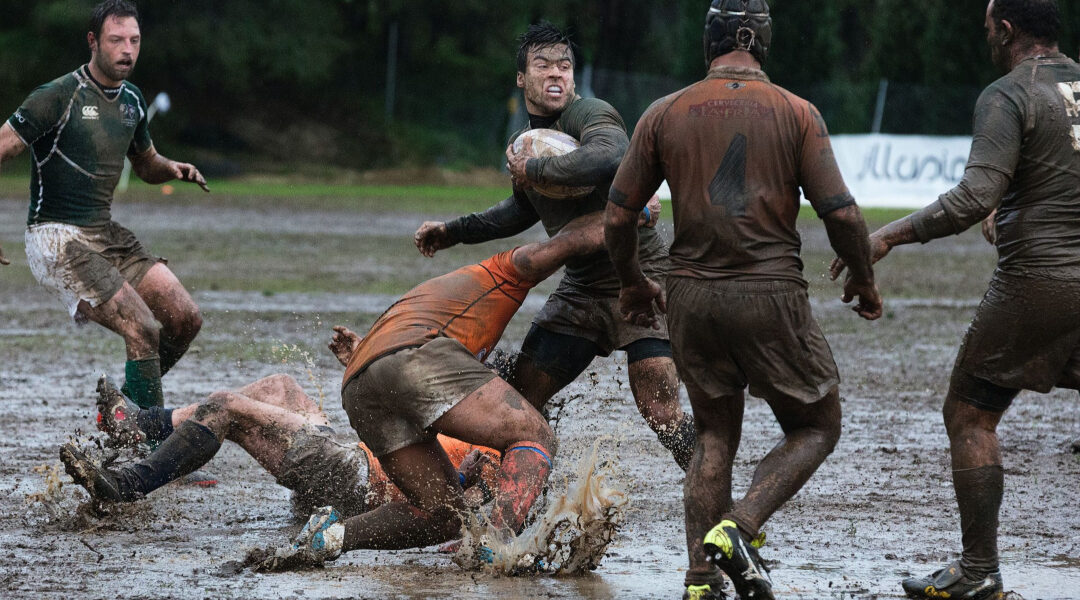Have you ever wondered if there’s a way to speed up the healing process when you injure your muscles or tendons? Well, recent scientific research suggests that bioelectricity could hold the key to reducing healing time significantly. This exciting discovery could be a game-changer for athletes and anyone looking to recover from muscle or tendon injuries more swiftly.
A recent study published in “Advanced Science News” explores how mimicking the body’s natural bioelectrical cues can expedite the healing of muscles and tendons. But first, let’s understand what bioelectricity is and how it plays a crucial role in the healing process.
Bioelectricity refers to the tiny electrical signals produced within our bodies, helping control various functions. These signals are like messages that cells use to communicate with each other and coordinate tasks like healing. When you get injured, your body sends out these bioelectrical cues to trigger the healing process.
Now, scientists have found a way to harness the power of these bioelectrical signals to accelerate the healing of muscles and tendons. So, how does it work, and how can it benefit athletes?
- Enhanced Healing: Bioelectric signals can kickstart the healing process in injured muscles and tendons. This means that your body starts repairing the damage sooner, reducing the overall healing time.
- Reduced Pain and Discomfort: Faster healing often means less pain and discomfort. Athletes can get back to their training routines and competitive sports more quickly, without prolonged suffering.
- Preventing Chronic Issues: Speedier healing can help prevent the development of chronic conditions that sometimes result from untreated or slow-healing injuries. Athletes can avoid long-term complications that might hamper their performance.
- Improved Performance: Athletes depend on their muscles and tendons to perform at their best. Faster healing means they can return to training and competitions sooner, maintaining their peak performance levels.
- Customized Treatment: Bioelectric therapy can be tailored to individual injuries, making it a precise and effective treatment. This personalized approach ensures that the healing process is optimized for each athlete’s specific needs.
The study in “Advanced Science News” specifically examined the use of bioelectric signals to enhance the healing of tendons, which are essential for movement and stability in our bodies. When tendons are injured, they often take a long time to heal fully. This can be frustrating for athletes who want to get back to their sport as quickly as possible.
By applying bioelectric stimulation to injured tendons, researchers found that they could significantly speed up the healing process. This is achieved by mimicking the natural bioelectrical cues that our bodies use to repair tissues. As a result, athletes can recover from tendon injuries more swiftly and with better outcomes.
It’s important to note that while this research shows promising results, bioelectric therapy for tendon and muscle injuries is still in the experimental stage. Athletes and individuals with such injuries should consult healthcare professionals and sports medicine experts before trying any new treatments.
Bioelectricity has the potential to revolutionize the way we heal muscle and tendon injuries, offering athletes and anyone in need of speedy recovery a new hope. By harnessing the power of bioelectrical signals, we can reduce healing time, alleviate pain, and enhance overall performance. While more research is needed to fully understand and implement this exciting technology, it holds tremendous promise for the world of sports and injury recovery. Stay tuned as scientists continue to explore the incredible potential of bioelectricity in the field of healing and athletic performance.

